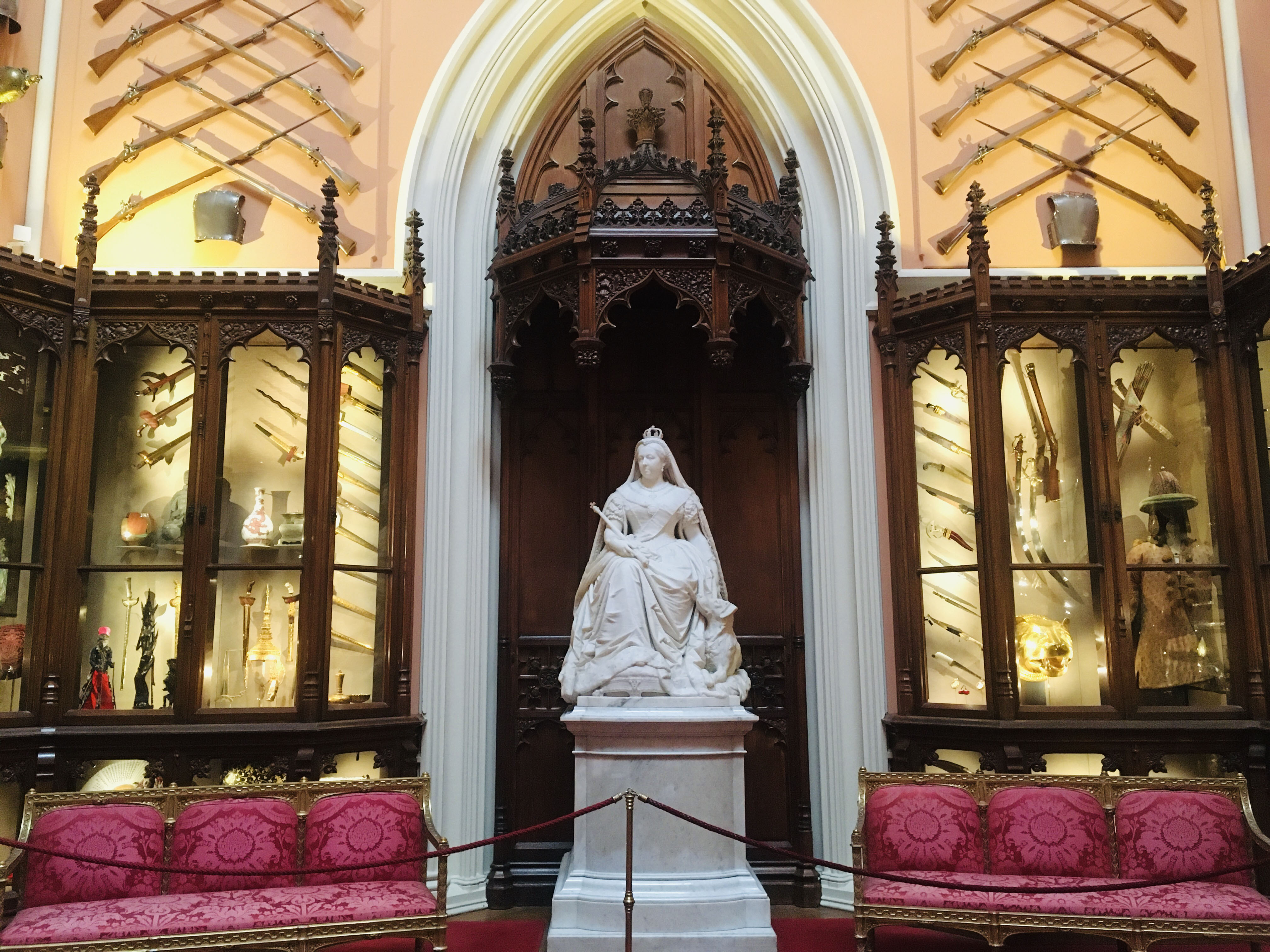
Grand Vestibule: The British Monarchy and the World
The Grand Vestibule at Windsor Castle reflects interaction between the monarchy and the wider world
HAMADA SHOJI (1894-1978)
Pot
c.1970-75RCIN 68402
A square vessel with rounded sides, having a thickly potted octagonal neck tapering from a flattened shoulder to the lip, on a deep circular foot. The surface is covered with a thick, rich brown glaze having patches at the corners of a mottled, gritty sandy glaze outlined in strokes of bluish-green. The recessed base is mainly unglazed.
Shōji Hamada (1894–1978) was one of the leading artist potters of his day in Japan. He is noted for his association with the potter Bernard Leach (1887–1979) with whom he worked for some time at his kiln in St Ives, Cornwall.
An almost identical piece was exhibited at the Pucker Gallery in Boston in 2015 (Into the Present: The Ceramic Art of Tomoo Hamada, Including Works by Shoji and Shinsaku Hamada, Boston, no. H64.)
Text adapted from Chinese and Japanese Works of Art in the Collection of Her Majesty The Queen, Volume II.
Shōji Hamada (1894–1978) was one of the leading artist potters of his day in Japan. He is noted for his association with the potter Bernard Leach (1887–1979) with whom he worked for some time at his kiln in St Ives, Cornwall.
An almost identical piece was exhibited at the Pucker Gallery in Boston in 2015 (Into the Present: The Ceramic Art of Tomoo Hamada, Including Works by Shoji and Shinsaku Hamada, Boston, no. H64.)
Text adapted from Chinese and Japanese Works of Art in the Collection of Her Majesty The Queen, Volume II.







